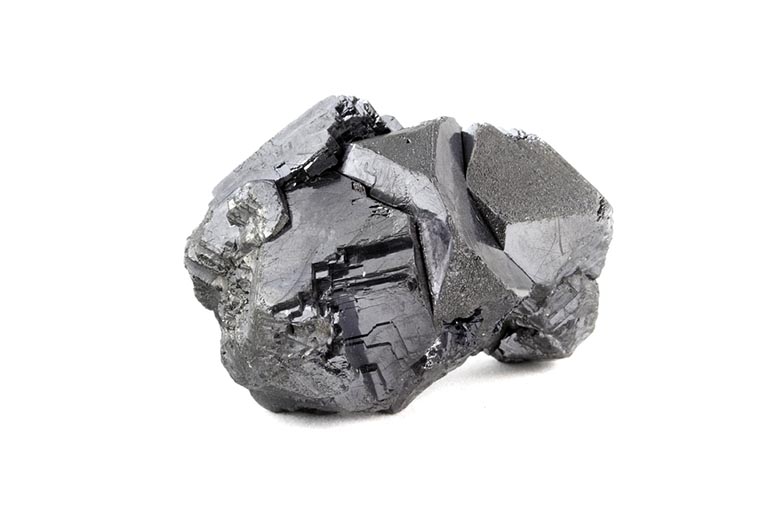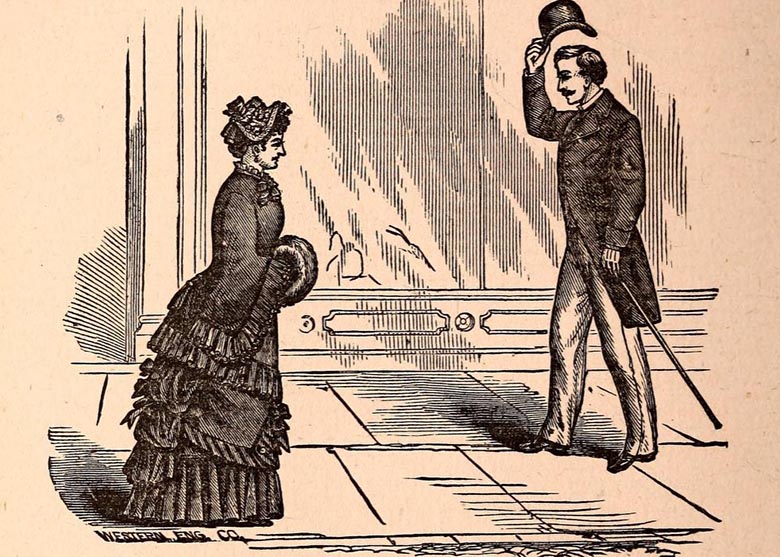Lead has been widely used by mankind since ancient times, but our ancestors didn’t know that this metal is not only useful but also extremely toxic. The number of victims of lead pollution is estimated at millions of people, and it is constantly growing.
- Lead is used in a variety of industries, one of its most important properties is that it protects from radiation really well. However, it is very heavy, which complicates its use in spacecraft.
- The melting point of lead is low, only 621,5°F (327.5°C), and it is easy to melt it even on an open fire. Scientists claim that lead can be present on the surface of Venus in liquid condition since it is terribly hot on this planet, which is the hottest in the Solar System.
- Lead is very toxic, it leads to many serious and sometimes even incurable diseases when ingested. But humanity learned about this not so long ago.
- The people of Ancient Egypt used lead as one of the ingredients in the manufacture of cosmetics, and in Ancient Rome they made water pipes from it, unaware that it was incredibly harmful.
- In the Middle Ages and in Antiquity, people used to add lead sugar to wine to improve the taste of the drink. Needless to say that it had been making the wine toxic.
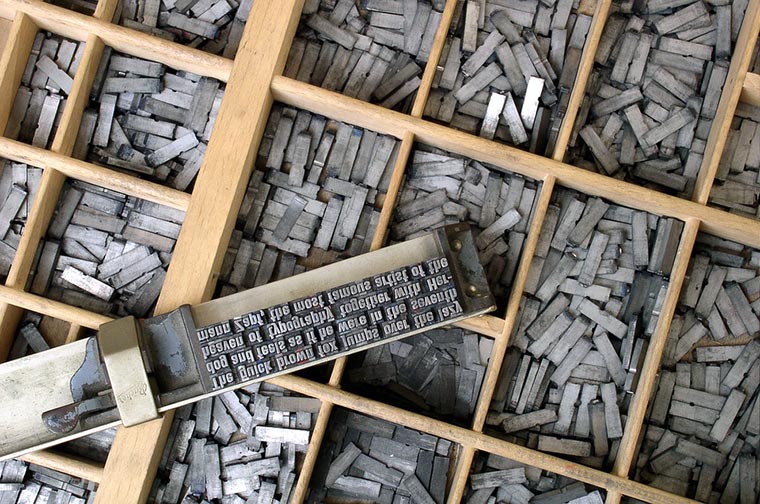
- In the XX century, the widespread use of lead as additives to gasoline and diesel fuel began. By the time it became clear that this was causing catastrophic damage to the environment, it was already too late, and lead pollution had spread all over the planet. Fortunately, lead additives for fuel are prohibited.
- If you take a lead plate and break it in half, then it will shine like silver at the break, meanwhile in general lead usually looks just gray. This is due to the fact that this metal is very quickly oxidized and darkens after contact with oxygen.
- The level of lead pollution is several tens of times higher in large cities than in rural areas. This is mainly caused by the negative impact of industrial enterprises and millions of cars.
- Several centuries ago, bullets for firearms were made of lead, because it is heavy and easy to treat. However, it is too soft at the same time, so bullets have long been made from a lead core in a hard shell of another metal.
- One of the main dangers of lead is that it tends to accumulate everywhere – in the soil, in vegetation, and in the organisms of living beings. But it is very difficult to get rid of it, almost impossible.
- Lead pollution is especially dangerous for children, as it causes delays and developmental deviations in them. In the United States, there was even a study of the relationship between the level of lead pollution in different regions and the crime rate. The result is very interesting: the higher the pollution is, the higher the crime there.
- In the past, the Moscow Kremlin also had a water supply system made of lead pipes. It was installed in 1633, but already in 1737 it was dismantled, recognizing the danger of such use of lead.
- In the Middle Ages, some scientists also guessed about the toxicity of this metal, and the Pope in 1498 even issued a special decree prohibiting the use of lead sugar in food. However, this decree was still ignored, and the use of this product in the Middle Ages led to whole epidemics of lead colic more than once.
- The name of this element comes from the Anglo-Saxon word for metal. Its chemical symbol is Pb, which is based on the word “Plumbum”, the old Latin name for lead.
- Lead has atomic number 82, which means each lead atom has 82 protons. This is the highest atomic number for stable elements.
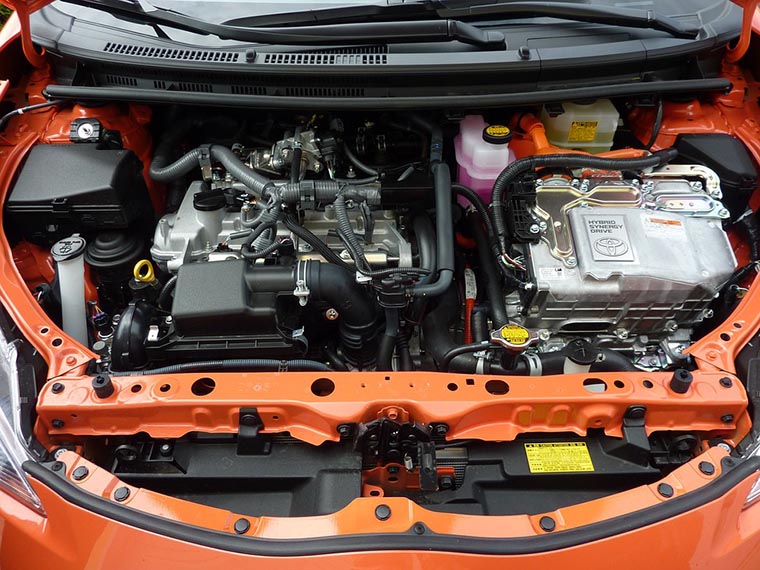
- Human civilization continues to develop, and lead penetrates everywhere because of its man-made impact on the environment. Even in Greenland, although there is no industry at all. The level of lead pollution in the Greenland soil has increased 5 times over the past 100 years.
- Lead is indeed a quite soft metal, and a not too thick lead plate is easy to break with your hands. But there are much softer metals in the world, for example, rubidium and cesium. However, a lead ingot can also be cut with a sharp knife.
- The level of lead pollution has increased dramatically over the past hundred years In large cities like Beijing, New York, and Moscow. Its concentration in the soil in some places in the centers of these cities increased by 25 times since the start of the XX century.
- A medieval prison with special cells has been built in Medieval Venice. The premises for the most dangerous criminals were located right under the roof and covered with lead sheets so that prisoners would suffer from the heat in summer and from the cold in winter.
- Lead does not mix with any gases, which is confirmed by numerous experiments. This does not happen, even if it is melted.
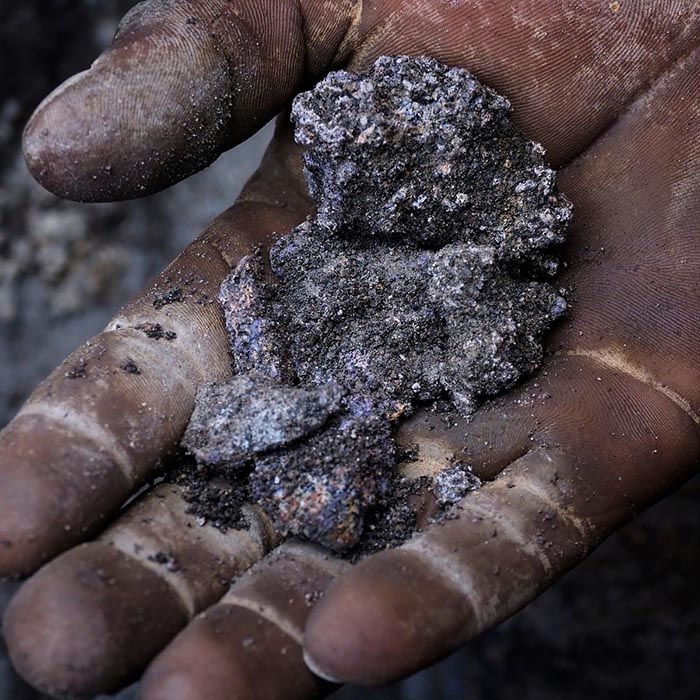
- Lead is a very shiny, bluish-white element that, according to the Jefferson Lab, makes up only about 0.0013 percent of the Earth’s crust. However, it is not considered rare, as it is quite common and easy to extract.
- The molten lead begins to boil at a temperature of 3180 °F (1749 °C). Inhalation of lead vapors is very dangerous, and a person without appropriate protection can easily get fatal poisoning.
- Lead is one of the metals known to ancient man. It is sometimes called the first metal, although the ancients also knew gold, silver, and other metals. Alchemists associated this metal with the planet Saturn and were looking for a way to turn lead into gold.
- More than half of the lead produced today is used in lead-acid car batteries. Although lead is found (rarely though) in nature in its pure form, most of the lead produced today comes from recycled batteries.
- Scientists have long found a way to turn lead into gold. However, this is economically unprofitable, besides, the gold obtained as a result of this process is radioactive.
